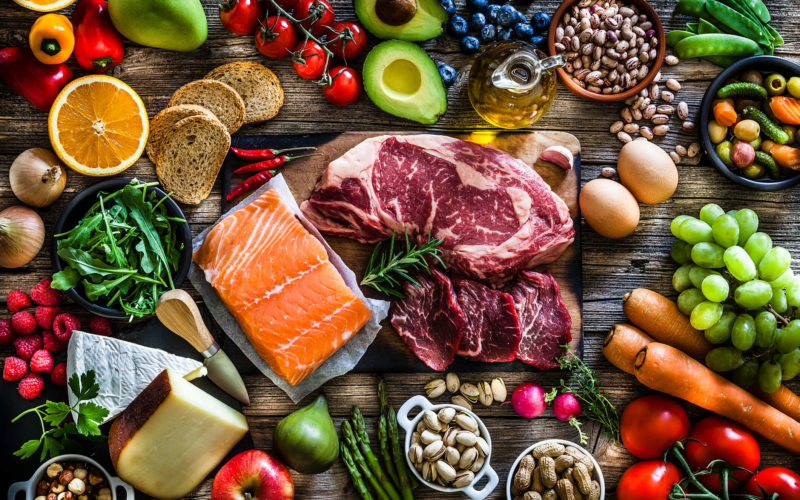Organic meals are increasingly popular—and highly-priced. Organic fruits and greens are grown without synthetic insecticides, and because of that, they are often given the impression of being more healthful than those grown with these materials. But now, not all foods with this label are completely pesticide-free, and it can be challenging to detect low amounts of the materials. Scientists have now recorded a new method for deciding organic authenticity in the ACS Journal of Agricultural and Food Chemistry.
The excessive price and reputation of natural meals can be an incentive to bypass pesticide-treated meals as organic. Pesticide detection can be tough or impossible, particularly because some materials wreck down swiftly after being implemented, leading to a false impression that food has no longer been handled. However, a piece of pesticide at the surface of fruit would not necessarily signal intentional fraud. The compound would possibly have just blown over from a neighboring area. To assist in improving the practice of verifying organic meals, Jana Hajslova and associates advanced a technique to research the metabolites generated within plants. At the same time, pesticides were wrecked down, and an experimental winery was used as their testing ground.

The researchers used a mixture of extremely performance liquid chromatography and excessive-resolution mass spectrometry to perceive and screen the metabolites of 7 commonplace insecticides. The crew then used the approach at the leaves and culmination of dealing with grapevines at unique durations among planting and harvest and the wine crafted from the dealt fruits. With the method, the group found decreasing degrees of the preliminary insecticides as degradation occurred. The organization also detected the metabolites of those substances as their stages numerous over the years. Many metabolites were detectable at higher ranges than the carried out pesticide compound in wine made from the dealt-with culmination, meaning that natural wines, not just results and leaves, ought to be tested using the strategy doubtlessly. The researchers say that their methodology, with a few refinements, must aid food regulators’ efforts to crack down on illegal practices in natural farming.
People increasingly desired to consume food made of chemicals and unnatural approaches, so they started growing their vegetation without using dangerous chemical substances.
Smaller farmers also began to revolt against manufacturing facility farming and then again against antique faculty farming strategies. Then, the farmers were able to provide us with an alternative to industrially grown produce.
This food started to be known as natural because the period implies that the whole lot was produced using the best dwelling count numbers, such as plant life and animals, instead of chemicals.
The huge guys should soon see the enchantment growing in the market region. They started to undertake the labels and slap them onto the same stuff they had been already developing. False advertising? Pretending? Consider all the “inexperienced” products you notice in the grocery store.
So, time, naturally, had to be regulated incredibly. Finally, requirements are set now, and farmers must meet the one’s requirements before they can call their meals “natural.” The standards are precisely what you believe you studied they’d be (who knew the authorities might want to do something immediately forward?).
Organic farmers cannot apply bioengineered genes (GMOs), artificial insecticides, sewage sludge-based total fertilizers, or petroleum-primarily based fertilizers. Organic livestock want to be fed organic feed, and they also need it intending to go exterior and roam in minimum area.




